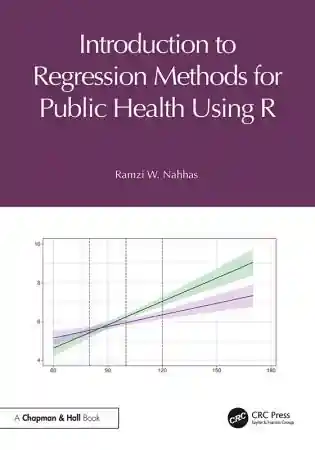
Geocomputation: A Practical Primer
- Length: 392 pages
- Edition: 1
- Language: English
- Publisher: SAGE Publications Ltd
- Publication Date: 2015-02-05
- ISBN-10: 1446272931
- ISBN-13: 9781446272930
- Sales Rank: #2357913 (See Top 100 Books)
“Brunsdon and Singleton offer a unique contribution to the zeitgeist of geocomputation… The authors offer a wide array of applications brought by leading scholars in the field of Geographic Information Science, spatial analysis and spatial modelling. The role of new techniques that are revolutionizing the usage of geocomputation is well explored and the systematic approach the book adopts in envisioning available tools is appropriately constructed. This book is a great contribution for an advancing field, and a much welcomed achievement for the growth of a new kind of spatial science.”
– Eric Vaz Director of the Laboratory for Geocomputation, Ryerson University
Geocomputation is the use of software and computing power to solve complex spatial problems. It is gaining increasing importance in the era of the ‘big data’ revolution, of ‘smart cities’, of crowdsourced data, and of associated applications for viewing and managing data geographically – like Google Maps. This student focused book:
- Provides a selection of practical examples of geocomputational techniques and ‘hot topics’ written by world leading practitioners.
- Integrates supporting materials in each chapter, such as code and data, enabling readers to work through the examples themselves.
Chapters provide highly applied and practical discussions of:
- Visualisation and exploratory spatial data analysis
- Space time modelling
- Spatial algorithms
- Spatial regression and statistics
- Enabling interactions through the use of neogeography
All chapters are uniform in design and each includes an introduction, case studies, conclusions – drawing together the generalities of the introduction and specific findings from the case study application – and guidance for further reading.
This accessible text has been specifically designed for those readers who are new to Geocomputation as an area of research, showing how complex real-world problems can be solved through the integration of technology, data, and geocomputational methods. This is the applied primer for Geocomputation in the social sciences.
Table of Contents
PART I DESCRIBING HOW THE WORLD LOOKS
Chapter 1 Spatial Data Visualisation with R
Chapter 2 Geographical Agents in Three Dimensions
Chapter 3 Scale, Power Laws, and Rank Size in Spatial Analysis
PART II EXPLORING MOVEMENTS IN SPACE
Chapter 4 Agent-Based Modeling and Geographical Information Systems
Chapter 5 Microsimulation Modelling for Social Scientists
Chapter 6 Spatio-Temporal Knowledge Discovery
Chapter 7 Circular Statistics
PART III MAKING GEOGRAPHICAL DECISIONS
Chapter 8 Geodemographic Analysis
Chapter 9 Social Area Analysis and Self-Organizing Maps
Chapter 10 Kernel Density Estimation and Percent Volume Contours
Chapter 11 Location-Allocation Models
PART IV EXPLAINING HOW THE WORLD WORKS
Chapter 12 Geographically Weighted Generalised Linear Modelling
Chapter 13 Spatial Interaction Models
Chapter 14 Python Spatial Analysis Library (PySAL): An Update and Illustration
Chapter 15 Reproducible Research: Concepts, Techniques and Issues
PART V ENABLING INTERACTIONS
Chapter 16 Using Crowd-Sourced Information to Analyse Changes in the Onset of the North American Spring
Chapter 17 Open Source GIS Software
Chapter 18 Public Participation in Geocomputation to Support Spatial Decision-Making







